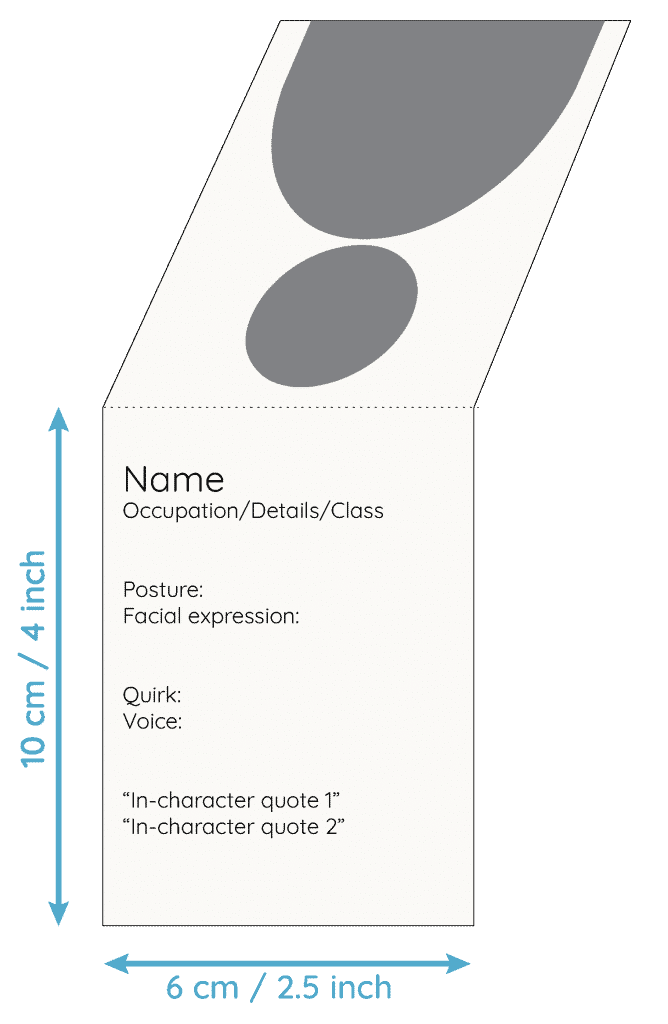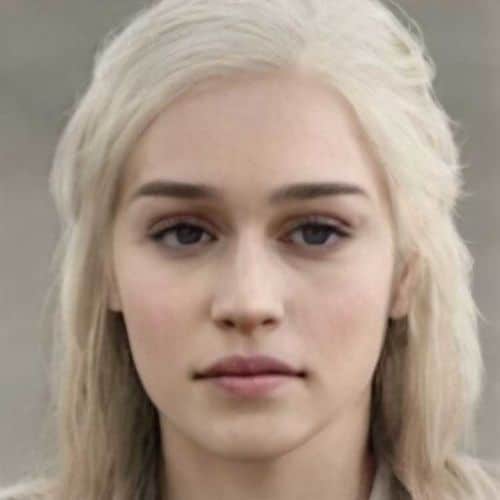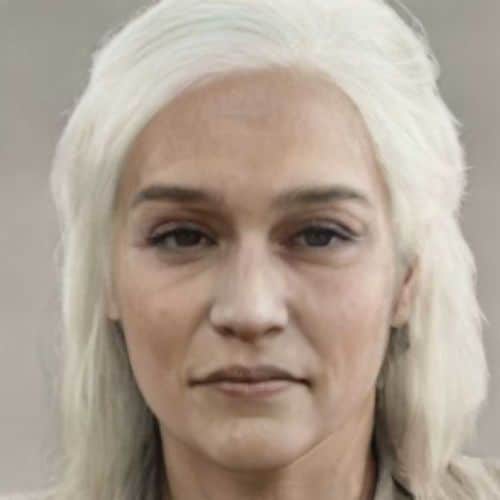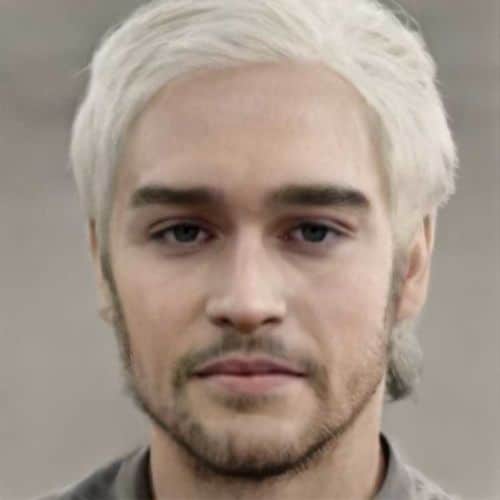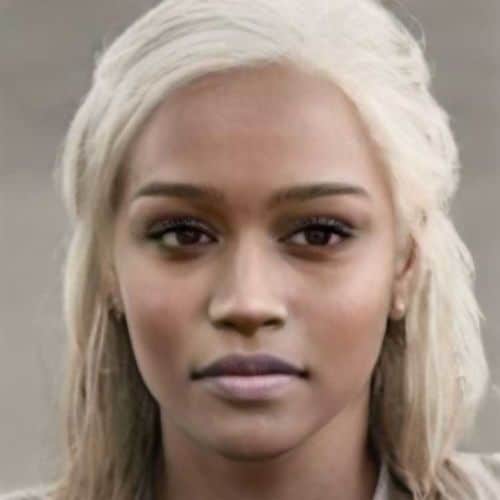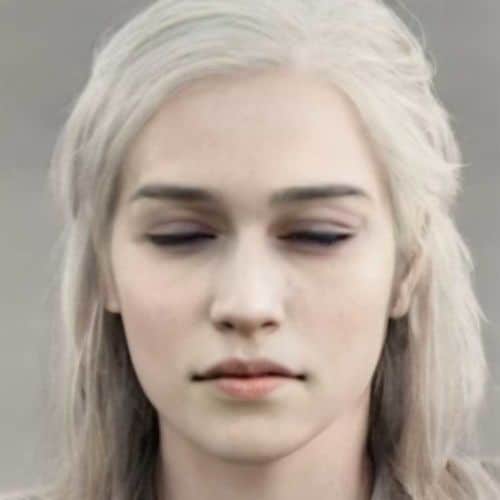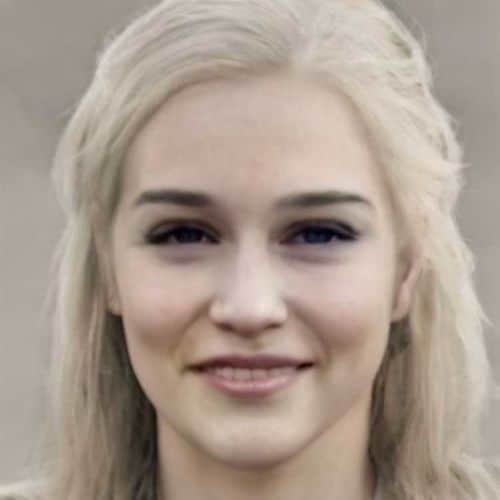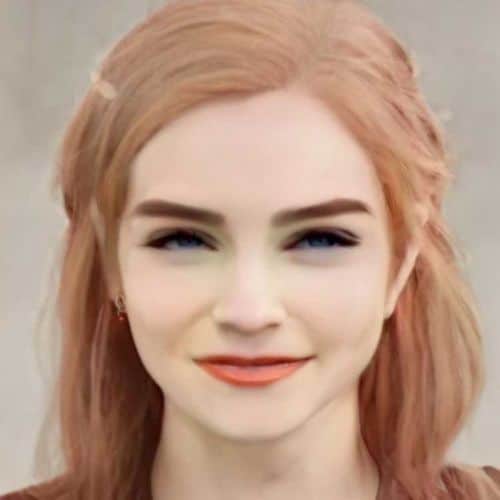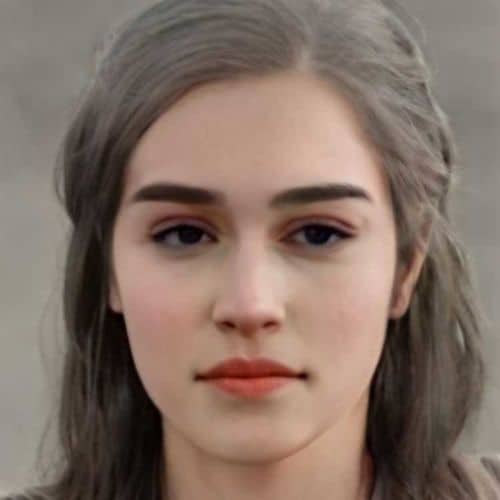NPC Portraits
Using portraits to represent NPCs
During a roleplaying game, a lot of the interesting interactions between the gamemaster and players happen via NPCs (non-player characters). In order to portray these NPCs convincingly, what works best – aside from the GM’s acting skills – is using a portrait. A portrait will present the NPC’s appearance to your players within seconds. Save yourself the effort of a tedious explanation of a character’s looks, clothes, and facial expression and use a portrait, as it makes it easy for your players to distinguish different NPCs. This article will share some useful tips about creating NPC portraits.
Impact: ★ ★ ★ ★
Difficulty: Expert
Time to read: 8 min

How to make NPC portraits
NPC portraits are best used as paper flaps, which you can hang over your GM screen. On the side which is visible to your players, there’s the portrait image of the NPC. The backside, which is visible to the GM only, contains the most important information about the NPC. You can put a statblock on there or some details about how to play this character as the GM. Things like name, posture, or the way the character speaks, are really helpful to have on the backside of the paper flap. Check out the example to the right.
Of course, you could also take note of the character’s motives and secrets on there. But in the heat of the moment, this can be too much text to be able to read quickly.
The optimal size for this kind of paper flap is 8×3 inches (20x7cm). After folding the flap, this leaves you with a 4×3 inch (10x7cm) area for the portrait, which can be seen well enough from across the table. Using US letter-format (or European A4) paper will get you three paper flaps in this size. Here are two template files (.doc) for making NPC portrait paper flaps.

Where to get portrait images from
For private non-commercial use, the internet offers a vast amount of portrait images. Here are a few tips for how to get your hands on good-quality images.
1. Where to search
The good ol’ Google image search and Pinterest provide the biggest range of portraits, no matter which genre you’re looking for. We also recommend taking a look at artstation.com, where independent artists showcase their portfolios.
2. Which resolution do you need?
Try to exclude very small images for your search. For a 4×3 inch portrait, you should be looking for images with a resolution of at least 800×640 pixels. Smaller images will look blurry and pixelated when printed out. The higher the resolution, the better. With a high-resolution image, you can also use specific details and zoom in on them (usually the face).
3. Useful search terms
- The basic search term to get portrait images
- For the setting or genre of your choice
- For more specific character concepts
- Artwork from video games – a real goldmine for great portraits
- Titles of video games or tabletop RPG games to get a certain style
An example search term could look like this: “portrait witcher sorceress concept art” or “portrait 1920 male criminal”.
A special tip for you 1920 Cthulhu GMs out there: Replace “portrait” with “mugshot” to get a great selection of police record images.
4. Legal considerations when using images from the internet
Copyright always applies. You’re not allowed to use any image without the permission of the photographer or illustrator who owns it. Here’s the good news: As long as you are using images from the internet only for private, non-commercial purposes without publishing them anywhere, you’re in the clear. Just don’t publish these images in any context – on the internet or in print – to avoid violating copyright.
Artbreeder.com – Create and customize your own portraits
Artbreeder.com is an impressive website for creating portrait and landscape images suitable for tabletop RPGs. Not only does it provide a few thousand different portraits in both illustration and photorealistic style, but it also lets you edit them to a very high degree. You can either merge two portraits into one or change facial traits based on age, skin tone, and even emotional expressions. And this literally only takes a few seconds due to Artbreeder’s powerful image creation AI.
Here’s an example: All the images below are based on a single portrait of Daenerys Targaryen. Each variation took less than one minute to make on Artbreeder.com.
Check out our in-depth Artbreeder review for more details.
A little bit of image editing might help
Usually the images you find on the web need a bit of editing before you can use them as an NPC portrait. You’ll be cropping these portraits a lot, because you only need the head and shoulders part of an image for a good NPC portrait. Additionally, you sometimes need to remove unsuitable clothes or backgrounds.
If you have no experience with photo editing, don’t worry. You neither need expensive software nor high-end editing skills to do so. Here are two recommendations to get you started: fotor.com and befunky.com. Both tools work in your browser, so there is no need to install anything on your PC. And both are free to use. I would not say that one or the other is better. Both have a pretty decent set of features, of which you will only need 5% of to edit your portraits.
For more details about fotor.com or befunky.com, check out their websites or one of these tutorial videos.


I love NPC portraits. They add a face to the characters and make them much more tangible. No more need to explain an NPC’s looks, so you can focus on playing out the dialogues.
Are NPCs without a portrait unimportant?
You’ll often run into situations where you need to make up an NPC on the fly. You won’t have an NPC portrait prepared for this character and your players will then be under the impression that this character is not very important to the story. This is not a big deal. They usually are too busy finding the right clues anyway.
You could, of course, abuse this and fool your players with it. If an important henchmen of your villain does not have a portrait, your players won’t suspect him as being one of the bad guys. In reality, though, I would refrain from doing so. Your players will not suspect that you’re tricking them on a meta-level, so it’s impossible for them to find out.
What’s the right number of NPCs?
For a game of 3-6 hours, I usually go with four to ten NPCs. Depending on the complexity and type of the story, this can vary. Traditional fantasy settings usually have fewer dialogues with NPCs in them. Investigation-heavy scenarios in which the players are talking to different suspects tend to include a higher number of NPCs.
In order to save time during game preparation, I prefer not to make portraits for less important side characters like monsters or assisting NPCs, such as merchants, taxi drivers, etc., except if the monster is the main story arc, of course. Then they get a portrait too, so the players know what they are facing.
Below is an image of a set of NPCs I made for the Cthulhu NOW scenario “Ladybug, Ladybug, Fly Away Home” from Stygian Fox’s great anthology “The Things We Leave Behind.” I perhaps went a bit overboard here with such a high number of NPCs, but the story runs over multiple sessions. Hopefully it gives you a taste of what a set of NPC portraits should look like.

What about NPCs in improvised plots in story games and indie systemS?
What about games where you develop the plot together with the players on the fly? A lot of story games and indie systems (e.g. some PBTA games) work like this. For improvised plots, it is hard to tell which NPCs will appear in the narrative, so making NPC portraits seems like a waste of time.
I still recommend preparing a few portraits for such games, but without any character concept or backstory. Just the plain portraits. Take a few images that fit your setting. Having these portraits at hand serves as a great inspiration for everyone at the table when adding a new character to the story. If you are short of an idea for an NPC during the game, you can just pick a suitable image and have everyone in the group add some parts of a backstory to form this character.
Two examples: For a session of The Sprawl I prepared 30 cyberpunk portraits. For a Monsterhearts campaign, I had a set of yearbook photos to choose NPCs from. It was much easier for everyone involved to flesh out random new characters when having a face in front of you. And everyone enjoyed picking a potential NPC from a stack of portraits.

Summary: NPC portraits are a must-have handout
NPC portraits are an invaluable aid when describing non-player characters to your group. Nothing gets the look of a character across faster than a photo of them. It’s a strong visual cue being able to show the face of a person the players talk to. And the summary of the character’s personality and motives on the back of the portrait makes handling NPCs really easy for the GM.
For every session I prepare, NPC portraits are an absolute must. Using NPC portraits is among my all-time top three GMing tips. With the unlimited amount of portrait images on the web at your disposal, I see no reason not to use NPC portraits for tabletop RPG games.
